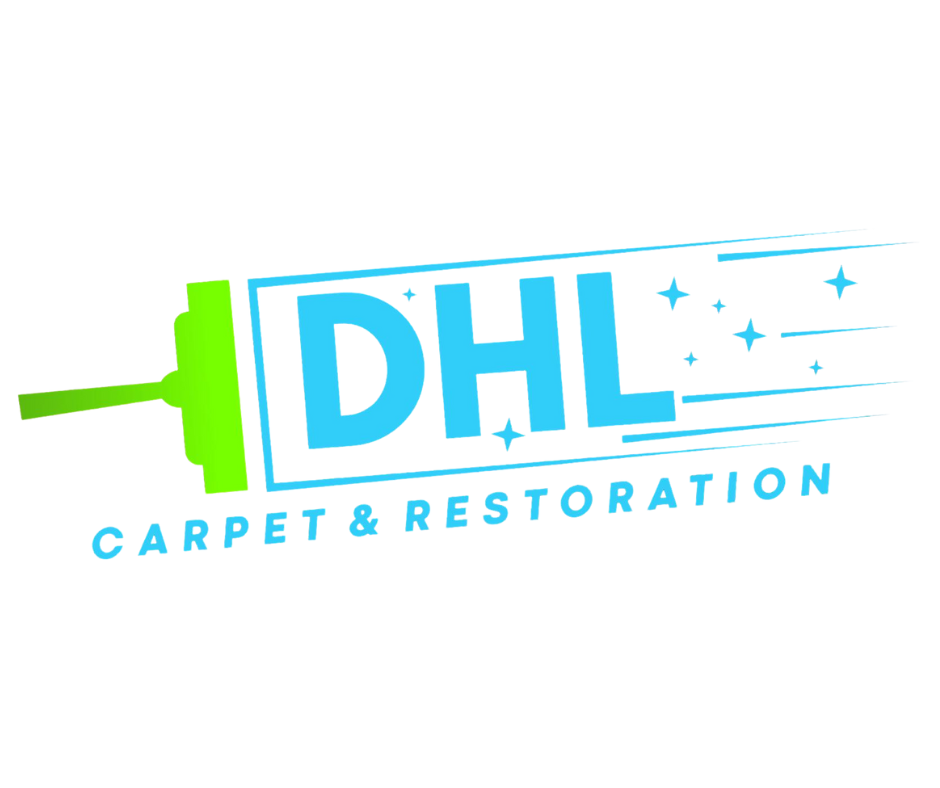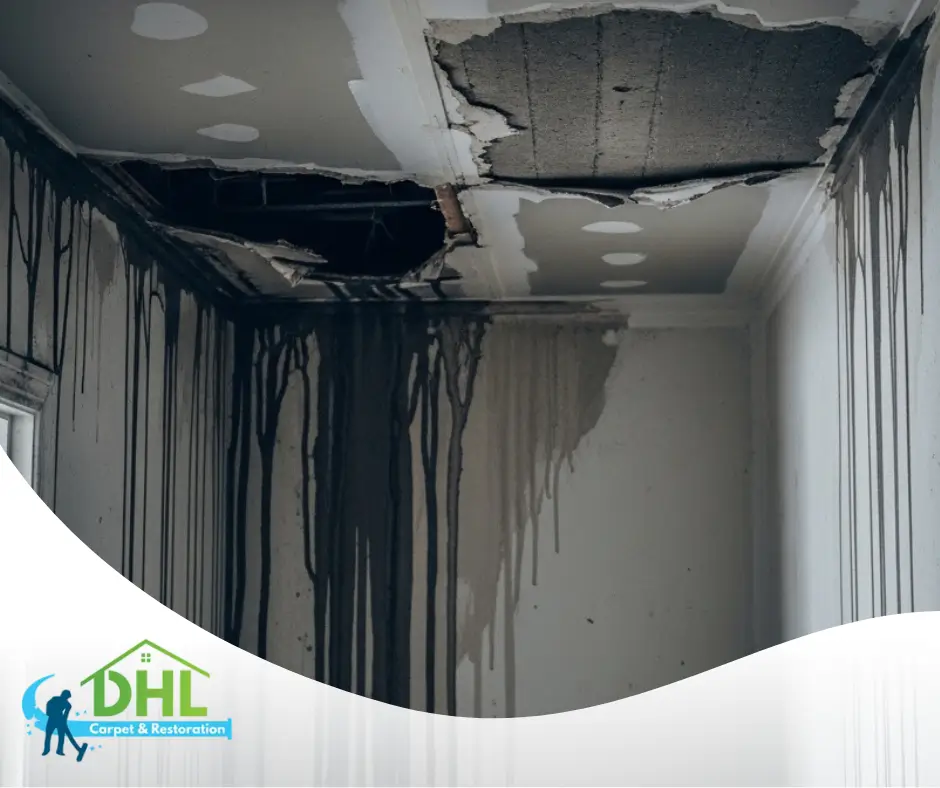Experiencing water damage can be overwhelming. Whether caused by a burst pipe, storm, or flooding, the aftermath can feel chaotic. That’s where expert-led water damage restoration becomes essential. This article explains how trained professionals bring safety, speed, and structure to what feels like a disaster.
Step 1: Rapid Response and Assessment
Time is critical. Within hours of the water event, our restoration experts arrive on-site to assess the extent of the damage. Using advanced moisture detection tools, they evaluate areas like walls, flooring, and hidden cavities where water may have spread. This crucial step informs the best course for emergency water extraction and structural drying.
Step 2: Safe and Efficient Water Removal
Once the damage is assessed, the next priority is water removal. Powerful pumps and wet vacuums extract standing water quickly to stop further damage. Whether it’s a flooded basement or soaked hardwood floors, removing the water fast helps prevent mold, bacteria growth, and structural weakening.
Step 3: Drying and Dehumidification
After extraction, the area may appear dry but moisture still lingers. Our experts deploy high-capacity air movers and dehumidifiers to reduce humidity and pull moisture out of porous materials like drywall, insulation, and subfloors. This stage is vital in the flood damage restoration process, as it reduces the risk of long-term rot and mold contamination.
Step 4: Cleaning and Sanitization
Floodwaters often bring more than just water—they carry contaminants, debris, and potential pathogens. Surfaces and belongings are cleaned with antimicrobial treatments and disinfectants to ensure a safe environment. This is especially important in basement water damage cleanup where sewer backups may occur.
Step 5: Mold Prevention and Inspection
Because mold can begin developing within 24 to 48 hours, our team performs a thorough mold inspection once drying is complete. If needed, we initiate early mold remediation measures, applying treatments and removing materials that are beyond salvage. This proactive step protects both property and health.
Step 6: Repairs and Structural Restoration
Once the environment is dry and clean, the final step involves restoring damaged components. This could mean replacing drywall, flooring, trim, or even full room reconstruction. Our goal is not just to repair, but to restore your home to its original comfort and stability.
Why Expertise Matters in Water Damage Restoration
Not all water damage is visible to the naked eye. Hidden moisture, slow leaks, and trapped humidity can silently erode your property if not addressed with precision. Our certified experts follow industry-approved methods for residential water damage repair, using the right tools for accurate moisture detection and safe drying practices.
Subtopics that Support the Restoration Process
- Moisture mapping technology
- Air purification and odor removal
- Decontamination of HVAC systems
- Personal belongings restoration
- Structural dehumidification and monitoring
How Speed and Safety Work Together
One of the key advantages of professional water damage restoration services is the balance between urgency and caution. Every step, from water extraction to mold inspection, is handled with care. Rushing the process can cause more harm, while delays allow damage to worsen. That’s why trained professionals follow proven protocols tailored to the specific type of water damage—be it clean, gray, or black water.
Final Thoughts
Water damage may feel like a major setback, but it doesn’t have to be permanent. With the right team, tools, and strategy, recovery is not only possible—it can be efficient and safe. Trust in the process of expert-led water damage restoration, and you’ll have peace of mind knowing your home is in capable hands every step of the way.

